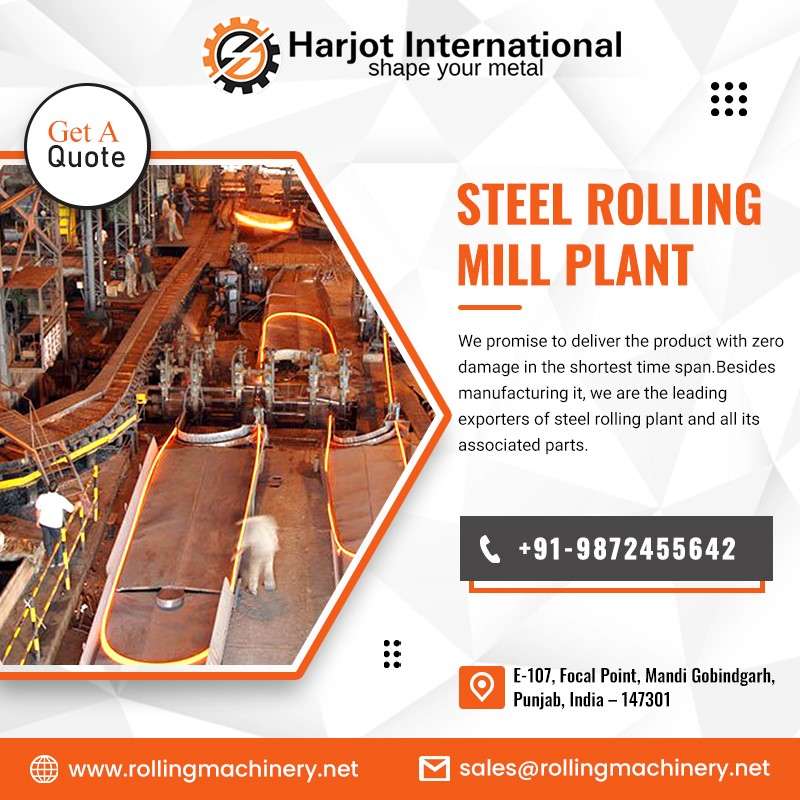In essence, a rolling mill is a device that decreases a metal’s thickness without losing any of the material; that is, the material is constantly shifted rather than lost. Steel rolling mill have played a critical part in global industrialization. In the late 17th century, rolling steel was introduced in England and quickly became the dominant process for shaping and creating metal. The early rolling mills were modest and rudimentary, but they provided the groundwork for today’s large, automated mills. This article delves deeper into the fascinating advancements of modern steel rolling mills.
Steel Rolling Mill
These rolling mills have evolved into an essential component of modern industry, providing a diverse range of steel products for a variety of purposes. Modern steel rolling mills are among the most complex and sophisticated industrial facilities in the world. They have cutting-edge technologies that allow them to make high-quality steel items at extraordinary speeds and with astonishing precision.
Major Advancements of Steel Rolling Mills
Among the most important developments in modern rolling mills are:
Computer-Controlled Devices
Computer-controlled systems in modern rolling mills allow operators to monitor and change the mill’s performance in real-time. These technologies can detect and repair any faults in the rolling process, ensuring the best quality steel products are produced.
Laser Measurement Techniques
During the rolling process, these aid in correctly assessing the thickness and profile of steel products. This enables operators to fine-tune the rolling to ensure that the end product fits the desired standards.
Material Handling Automation Systems
These transport steel products throughout the rolling mill. These systems can transport large steel objects with ease, eliminating the need for manual labor and enhancing efficiency.
Roll Gap Modification
Computer-controlled systems in modern rolling mills manage the spacing between the rolls to guarantee the steel product is rolled to the required thickness and profile.
Laser Measurement Techniques
As the steel product moves through the rolling mill, they measure its thickness and width. These technologies provide precise measurements and aid in ensuring that the product fulfills the criteria.
High-Velocity Rolling
Modern rolling mills can produce steel at breakneck speeds. Some mills can produce steel at speeds of up to 100 meters per second, enabling the production of massive amounts of steel in a short period of time.
Continuous Casting Machines
They aid in the production of steel from liquid metal. These devices enable the manufacturing of high-quality steel items with minimal waste.
Environmental Regulations
Environmental controls are built into modern steel rolling mills. These controls aid in the reduction of pollutants and the operation of the mill in an ecologically responsible manner.
In Conclusion
Harjot International has been at the forefront of innovation, development, and adoption of new methods in markets. Being one of the prominent Steel Rolling Mill Manufacturers in India, we offer our customers the best rolling mill. With years of experience in the field, we have established a solid reputation for dependability, creativity, and excellence.
You need to look no further than us if you’re searching for a reputable producer and exporter of rolling mills. To find out more about our offerings and products get in touch with us right now.

As the editor of the blog, She curate insightful content that sparks curiosity and fosters learning. With a passion for storytelling and a keen eye for detail, she strive to bring diverse perspectives and engaging narratives to readers, ensuring every piece informs, inspires, and enriches.










